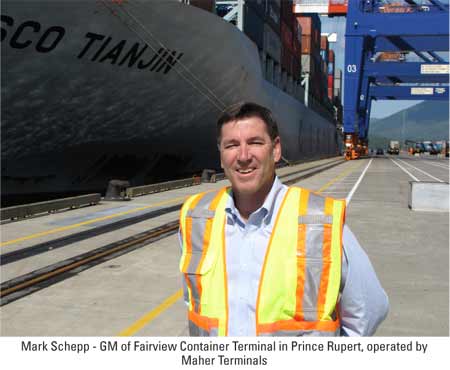
Canadian ports underline intermodal networks
By Leo Ryan, AJOTFrom the East to West Coasts, Canadian container ports recognize that much of their future growth hinges on wide-reaching intermodal networks, notably involving Class 1 railways that help them penetrate major consumer centers in North America. And as a recession slowly recedes, attention focuses increasingly on the most cost-competitive links in the logistics supply chain.
Among the leading box ports, Vancouver is, by far, the largest – handling some 2.5 million TEU, followed by Montreal at 1.5 million TEUs and struggling Halifax at under 500,000 TEUs. The remote Port of Prince Rupert, in northern British Columbia, is currently operating at about 50% of its 500,000 TEU capacity, but industry observers consider its potential appears considerably higher in light of rather unique intermodal features as an emerging trade corridor between Asia and North America.






